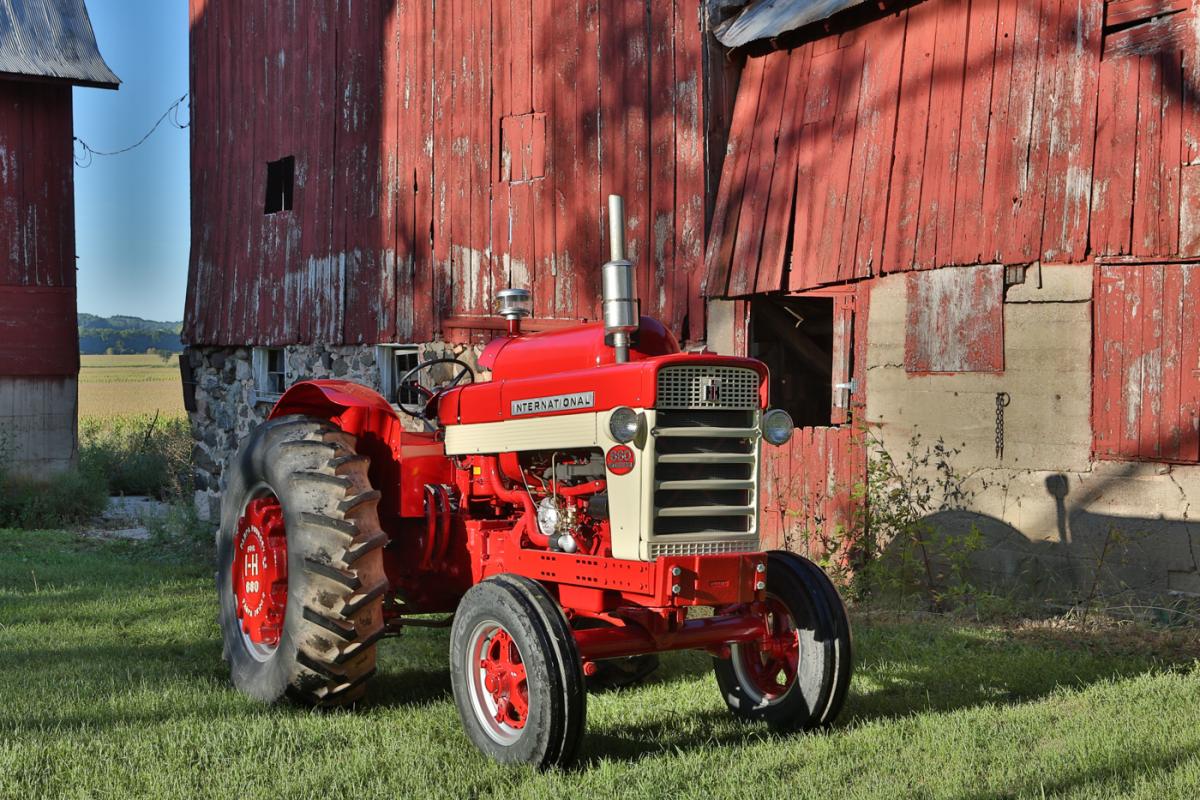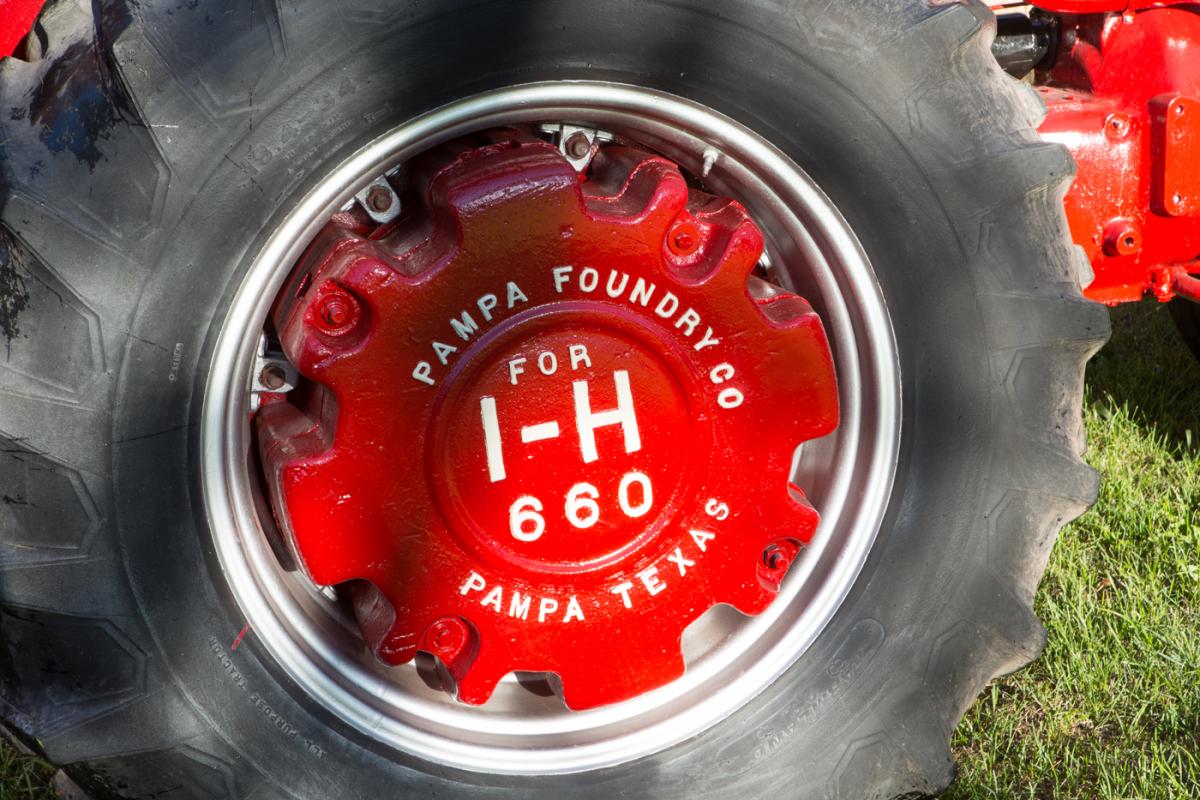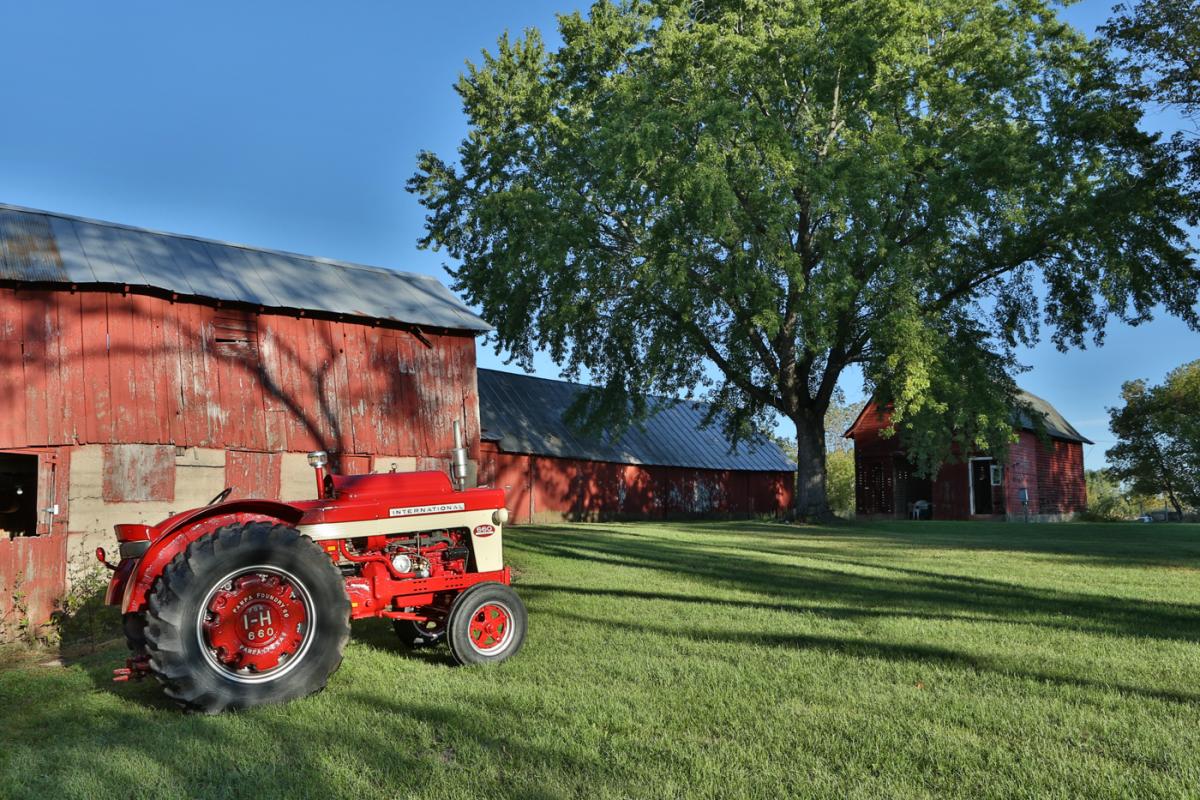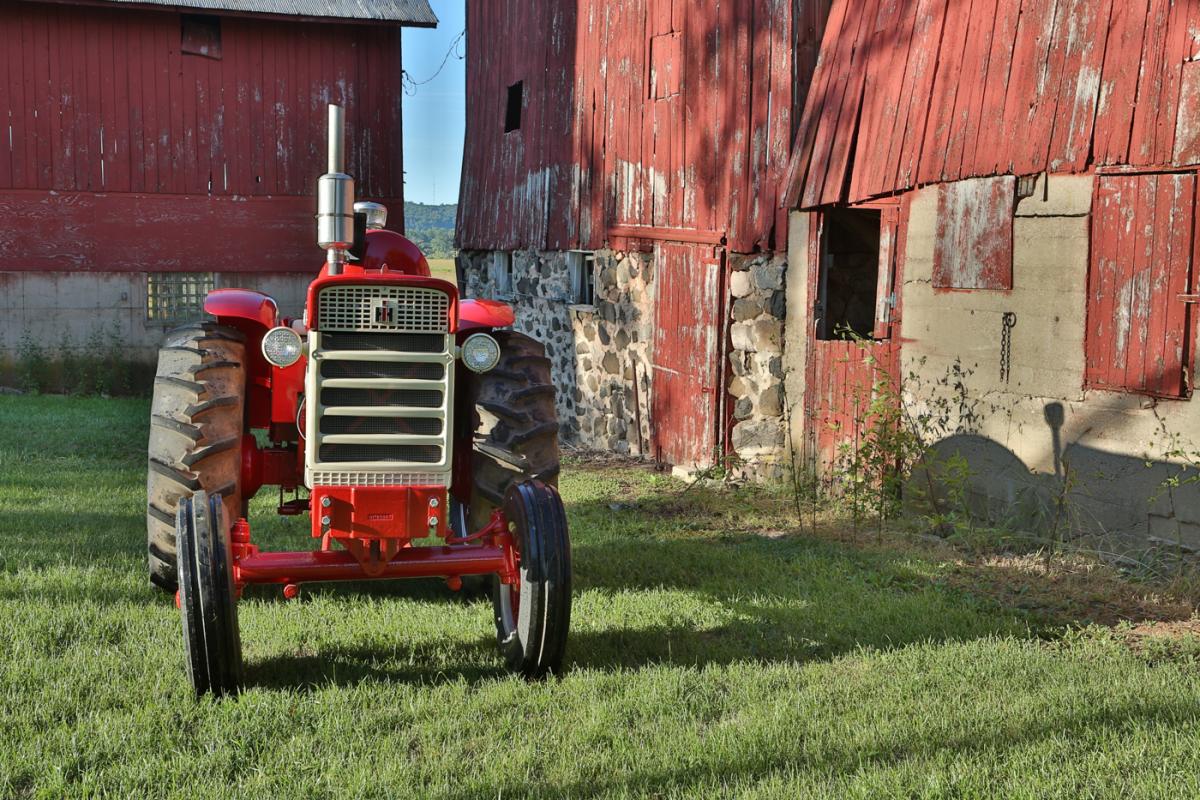International 660

In order to understand the 660--and the infamous recall that related to it and the 560--you need to roll the clock back to 1950. International Harvester was still the number one tractor manufacturer in the world, by a comfortable margin. Their Letter Series tractors had set the world on fire. Once the company was able to get their hands on enough steel to ramp up production—something that was a big challenge after World War II—they cranked out an incredible number of tractors. With the American economy robust and powerful and the American farmer embracing mechanization wholeheartedly, the Model H alone sold more than 400,000 units in a single year.
In this giddy era, leadership at Harvester was provided by Fowler McCormick, a student of Carl Jung who liked flitting about the world traveling and considered his extended trips away from the boardroom a good opportunity to imagine new solutions for Harvester.

The McCormick family had their share of resident nutjob rich folks, and Fowler walked the line between Stanley (who locked himself in a room for many years and had an assortment of well-documented fetishes) and his buttoned-down father, Cyrus.
Harvester favored tall executives, and often groomed them by rotating them through the different facets of the machine, working factory floors shipping parts, learning inventory control, and in general getting a good broad understanding of the vast IHC empire.
Most importantly, however, was sales experience. Harvester was dominated by the sales department in the middle of the 20th Century, and that had become sacrosanct by 1950.
Good sales people are hard, cold realists who can spot an opportunity, and know what works and what doesn’t. Realists. Pragmatists. And the sorts who sold farm equipment, well, one can only imagine their thoughts when Fowler started prattling on about Jungian theories or his latest vacation in the Dutch Indies.

Fowler’s vision for the company was to broaden beyond tractors and extend the Harvester empire. As is well-documented, the forays into refrigerators and construction equipment proved ill-fated.
The tractor line was left alone, and development money was hard to find for a few years. When they did find some, the efforts were turned to the 460, 560, and 660. The tractors had a lot of new features and great looks. By all accounts, when they came out in the late 1950s, they were a good success.
They did, however, have an issue. In certain conditions, the differential gears in the 560 and 660 could fail. Very few actually did, but it was possible.
Remember who Harvester was at this time: the world’s leading manufacturer. When that company had a problem, they didn’t sweep it under the rug. They rolled out the big guns and fixed it.

So Harvester let the world know about the 560 problem, and recalled thousands of tractors. The budget given to the dealerships was generous, and thousands of Americans were put to work single-time, double-time and overtime fixing the issue.
The backlash was the hit Harvester took in reputation. The attention drawn by responsible action made people wonder about their reliability.
Bear in mind that while the cost was significant, Harvester was a $1.1 billion company at this point in history.
Also remember that this was a minor issue. Many, many people had good experiences with the 560, and sing their praises to this day.
The really important thing that happened at this time was while Harvester was trying to figure out how to market appliances and playing an expensive game of catch-up with Caterpillar, the green enemy hand-picked a team of engineers and set them up in an old butcher shop in Iowa to build a new tractor.
The butcher shop had taped-over windows, and the machine that resulted broke Deere’s longstanding tradition of two-cylinder engines. These would be the New Generation tractors.
In 1960, the new John Deere’s were released in Dallas, Texas with bands playing and dealers gawking, and the tractors styling, comfort and power reset the industry. By the mid-1960s, John Deere took over the number one spot in the tractor business in America. They haven’t let go.
The 560 recall? It’s a footnote whose memory has exceeded the impact of the event. The timing, however, put an exclamation point on the day when red gave way to green in the American tractor market. 
See this machine and many more in the annual Farmall Calendar by Lee Klancher.

